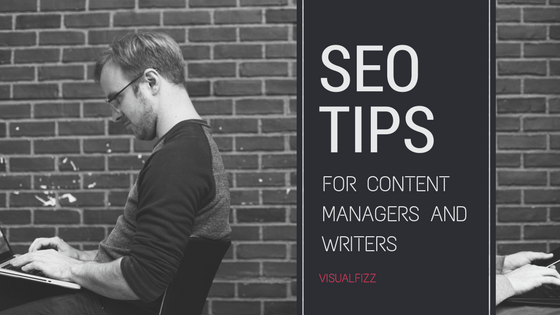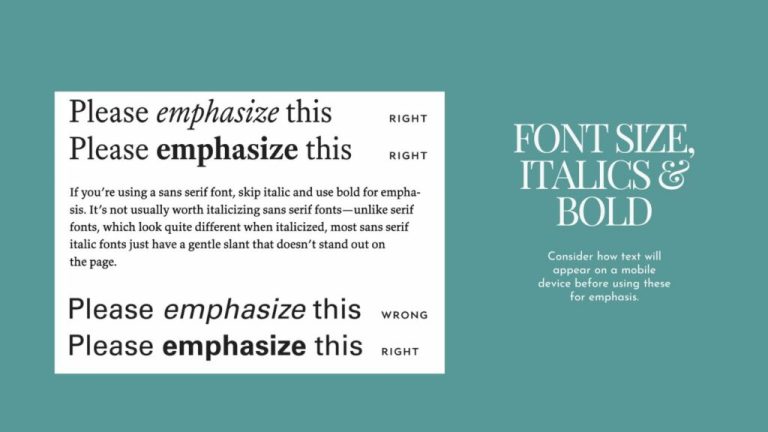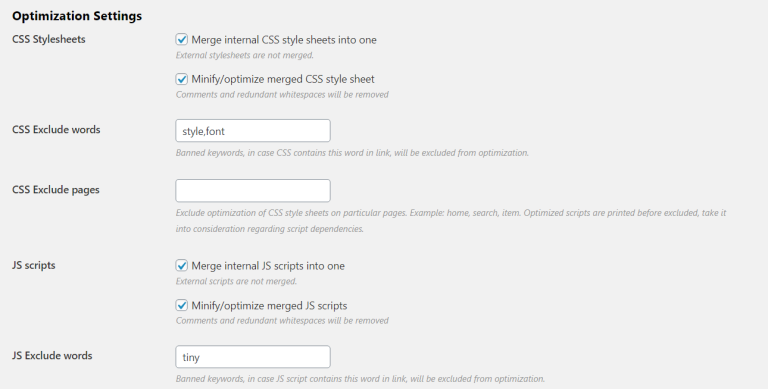
In today’s fast-paced digital world, attention spans are shorter than ever. Web readers often skim through content rather than reading it in full, making it essential for writers and content creators to optimize paragraph length for better engagement. The way information is presented can significantly impact how users interact with your content, whether it’s a blog post, an article, or a product description.
Understanding how to structure paragraphs effectively isn’t just about aesthetics—it’s a crucial part of SEO, user experience (UX), and content strategy. This guide will explore why paragraph length matters, how to find the right balance, and practical steps you can take to ensure your content is both readable and optimized for search engines.
What Is Paragraph Length Optimization and Why It Matters
Paragraph length optimization refers to the practice of adjusting the number of sentences and words in each paragraph to enhance readability, engagement, and user experience. While there is no one-size-fits-all rule, research suggests that shorter paragraphs—typically 2–4 sentences—are more effective for online audiences.
Why does this matter?
- User Experience: Shorter paragraphs make content easier to scan, which is critical for web readers who often look for quick answers.
- SEO: Search engines like Google prioritize content that is easy to read and provides value. Pages with well-structured paragraphs are more likely to rank higher.
- Engagement: Readers are more likely to stay on a page if the content is visually appealing and easy to digest.
According to a study by the Nielsen Norman Group, users read only 20% of the text on a typical web page. This means that even if your content is informative, it may not be seen unless it’s structured properly.
How Paragraph Length Impacts SEO Performance
While paragraph length alone doesn’t directly affect SEO rankings, it plays a significant role in several indirect factors:
- Dwell Time: If users spend more time on your page because the content is easy to read, it signals to search engines that your content is valuable.
- Bounce Rate: Long, dense paragraphs can cause users to leave quickly, increasing bounce rates and potentially lowering your rankings.
- Click-Through Rate (CTR): Well-structured content with clear, concise paragraphs can improve CTR, especially when used in meta descriptions and title tags.
Moreover, Google’s Core Web Vitals and other ranking factors emphasize user experience. A page with poor readability due to overly long paragraphs can negatively impact these metrics.
To maximize your SEO potential, consider the following:
- Use short paragraphs to break up dense blocks of text.
- Ensure each paragraph has a clear purpose or idea.
- Avoid jargon and keep language simple.
Step-by-Step Implementation Framework
Optimizing paragraph length requires a structured approach. Here’s a step-by-step process to help you refine your content:
- Define or Audit the Current Situation
- Review your existing content to identify areas where paragraphs are too long or difficult to read.
- Use tools like Hemingway Editor or Grammarly to assess readability scores.
-
Look for patterns—do certain sections consistently have longer paragraphs?
-
Apply Tools, Methods, or Tactics
- Break down long paragraphs into shorter ones. Aim for 2–4 sentences per paragraph.
- Use subheadings to organize content and create visual breaks.
- Replace complex sentences with simpler alternatives where possible.
-
Incorporate bullet points or numbered lists for lists of ideas or steps.
-
Measure, Analyze, and Optimize
- Track metrics such as dwell time, bounce rate, and CTR after making changes.
- Use A/B testing to compare different versions of your content.
- Gather feedback from readers to see if they find the content more engaging.
By following this framework, you can ensure that your content is both reader-friendly and optimized for search engines.
Real or Hypothetical Case Study
Let’s imagine a hypothetical scenario involving a tech blog. Before optimization, the blog had articles with average paragraph lengths of 8–10 sentences. After implementing paragraph length optimization, the average was reduced to 3–4 sentences per paragraph.
The results were impressive:
- Dwell time increased by 25%.
- Bounce rate dropped by 18%.
- Organic traffic grew by 12% within three months.
This case study highlights the tangible benefits of optimizing paragraph length—not just for SEO, but for overall user engagement and content effectiveness.
Tools and Techniques for Paragraph Length Optimization
Several tools can help you streamline the process of optimizing paragraph length:
- Grammarly: Offers readability insights and suggestions for improving clarity.
- Hemingway Editor: Highlights complex sentences and helps simplify them.
- SurferSEO: Provides content optimization recommendations based on top-ranking pages.
- Yoast SEO: Helps analyze readability and keyword density.
- Readability Score Checker: Measures how easy your content is to read.
- WordCounter: Tracks word count and helps identify overly long paragraphs.
These tools can be invaluable in ensuring that your content is both engaging and optimized for search engines.
Future Trends and AI Implications
As AI continues to evolve, its role in content creation and optimization is becoming more prominent. Tools like ChatGPT and other AI-powered writing assistants can now help writers structure their content more effectively, including adjusting paragraph length.
Future trends may include:
- AI-Powered Readability Analysis: Advanced algorithms that automatically adjust paragraph length based on user preferences and device type.
- Dynamic Content Delivery: Personalized content delivery that adapts paragraph length based on the reader’s behavior.
- Voice Search Optimization: As voice search becomes more common, content must be optimized for conversational tone and shorter, more digestible paragraphs.
Staying ahead of these trends will require continuous learning and adaptation. However, the core principles of paragraph length optimization—clarity, brevity, and user focus—will remain essential.
Key Takeaways
- Shorter paragraphs improve readability and engagement.
- Optimized content leads to better SEO performance and user experience.
- Use tools like Hemingway Editor and Grammarly to simplify your writing.
- Track metrics like dwell time and bounce rate to measure success.
- Stay ahead of AI trends by focusing on user-centric content.
In a world where attention is a precious commodity, optimizing paragraph length is not just a best practice—it’s a necessity. By making your content more accessible and engaging, you’ll not only improve your SEO but also build stronger connections with your audience.
Meta Title: How to Optimize Paragraph Length for Web Readers
Meta Description: Learn how to structure your content for better readability, engagement, and SEO with our complete guide to paragraph length optimization.
SEO Tags (5): paragraph length, web readability, content optimization, SEO tips, user experience
Internal Link Suggestions: Parameter #3: On-Page SEO Best Practices, Parameter #7: Content Structure for SEO
External Source Suggestions: https://www.nngroup.com, https://www.hemingwayapp.com, https://www.grammarly.com











